[Anchor]
Reports continue to indicate that the United States is likely to set a 15% tariff rate with the EU, following Japan.
For us, this 15% will inevitably become the target.
The U.S. is demanding that markets be opened in order to lower tariffs, and it is also stating that additional proposals that cater to U.S. interests are necessary.
New York correspondent Park Il-jung reports.
[Report]
This is a photo of the negotiations between the U.S. and Japan released by the White House Deputy Chief of Staff.
On President Trump's desk, the panel titled 'Japan's Investment in the U.S.' had the $400 billion erased and $500 billion handwritten in its place.
This suggests that intense negotiations were taking place until the last minute.
[Howard Lutnick/U.S. Secretary of Commerce/Bloomberg TV Interview: "They would give to America the financing to go build out whatever you think for national security. Go build it, we'll back you and that's the model."]
Reports have also emerged that the U.S. presented new conditions each time Japan lowered its mutual tariff rate by 1 percentage point.
Thus, the agreed 15% with Japan is becoming the new lower limit for mutual tariffs.
[Donald Trump/U.S. President: "You can't negotiate deals with everyone. So I have a straight, simple tariff of anywhere between 15-50%."]
The pressure on the EU, another major negotiation target for the U.S., is similar.
The U.S. stated that it offered favorable terms to the EU and that the tariff would be lowered if the market is opened.
Reports are also emerging that the EU is nearing an agreement on a 15% rate, similar to Japan.
[Caroline Levitt/White House Spokesperson: "As President Trump said, he will only lower tariff rates, if a country agrees to open their market to American-made products."]
However, market opening is not the end.
Finance Minister Bessent made it clear that negotiations with Japan are a different kind of negotiation and that additional proposals are needed to lower the tariff rate.
This is Park Il-jung from KBS News in New York.
Reports continue to indicate that the United States is likely to set a 15% tariff rate with the EU, following Japan.
For us, this 15% will inevitably become the target.
The U.S. is demanding that markets be opened in order to lower tariffs, and it is also stating that additional proposals that cater to U.S. interests are necessary.
New York correspondent Park Il-jung reports.
[Report]
This is a photo of the negotiations between the U.S. and Japan released by the White House Deputy Chief of Staff.
On President Trump's desk, the panel titled 'Japan's Investment in the U.S.' had the $400 billion erased and $500 billion handwritten in its place.
This suggests that intense negotiations were taking place until the last minute.
[Howard Lutnick/U.S. Secretary of Commerce/Bloomberg TV Interview: "They would give to America the financing to go build out whatever you think for national security. Go build it, we'll back you and that's the model."]
Reports have also emerged that the U.S. presented new conditions each time Japan lowered its mutual tariff rate by 1 percentage point.
Thus, the agreed 15% with Japan is becoming the new lower limit for mutual tariffs.
[Donald Trump/U.S. President: "You can't negotiate deals with everyone. So I have a straight, simple tariff of anywhere between 15-50%."]
The pressure on the EU, another major negotiation target for the U.S., is similar.
The U.S. stated that it offered favorable terms to the EU and that the tariff would be lowered if the market is opened.
Reports are also emerging that the EU is nearing an agreement on a 15% rate, similar to Japan.
[Caroline Levitt/White House Spokesperson: "As President Trump said, he will only lower tariff rates, if a country agrees to open their market to American-made products."]
However, market opening is not the end.
Finance Minister Bessent made it clear that negotiations with Japan are a different kind of negotiation and that additional proposals are needed to lower the tariff rate.
This is Park Il-jung from KBS News in New York.
■ 제보하기
▷ 카카오톡 : 'KBS제보' 검색, 채널 추가
▷ 전화 : 02-781-1234, 4444
▷ 이메일 : kbs1234@kbs.co.kr
▷ 유튜브, 네이버, 카카오에서도 KBS뉴스를 구독해주세요!
- Trump threatens more tariffs
-
- 입력 2025-07-25 01:17:10
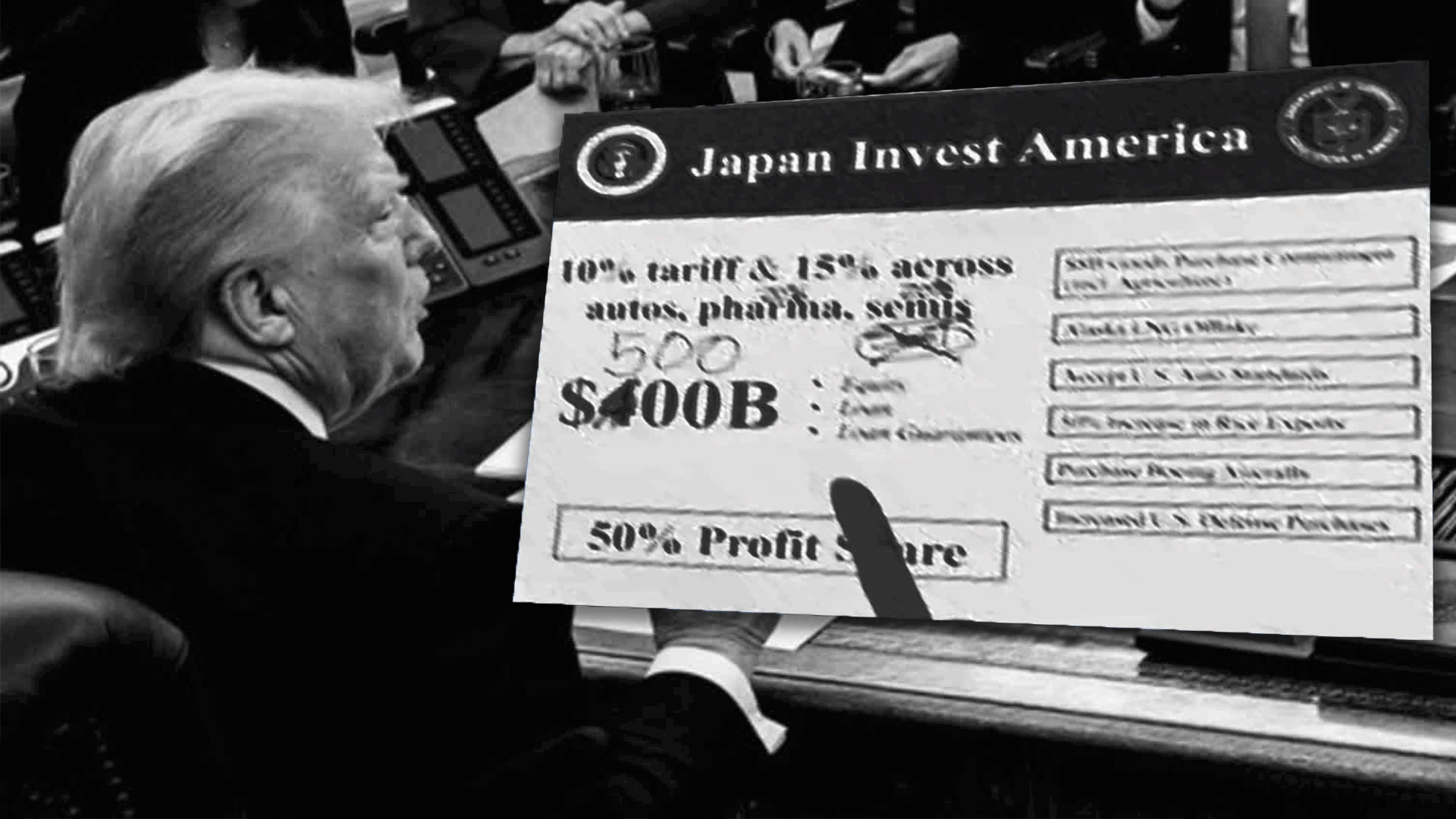
[Anchor]
Reports continue to indicate that the United States is likely to set a 15% tariff rate with the EU, following Japan.
For us, this 15% will inevitably become the target.
The U.S. is demanding that markets be opened in order to lower tariffs, and it is also stating that additional proposals that cater to U.S. interests are necessary.
New York correspondent Park Il-jung reports.
[Report]
This is a photo of the negotiations between the U.S. and Japan released by the White House Deputy Chief of Staff.
On President Trump's desk, the panel titled 'Japan's Investment in the U.S.' had the $400 billion erased and $500 billion handwritten in its place.
This suggests that intense negotiations were taking place until the last minute.
[Howard Lutnick/U.S. Secretary of Commerce/Bloomberg TV Interview: "They would give to America the financing to go build out whatever you think for national security. Go build it, we'll back you and that's the model."]
Reports have also emerged that the U.S. presented new conditions each time Japan lowered its mutual tariff rate by 1 percentage point.
Thus, the agreed 15% with Japan is becoming the new lower limit for mutual tariffs.
[Donald Trump/U.S. President: "You can't negotiate deals with everyone. So I have a straight, simple tariff of anywhere between 15-50%."]
The pressure on the EU, another major negotiation target for the U.S., is similar.
The U.S. stated that it offered favorable terms to the EU and that the tariff would be lowered if the market is opened.
Reports are also emerging that the EU is nearing an agreement on a 15% rate, similar to Japan.
[Caroline Levitt/White House Spokesperson: "As President Trump said, he will only lower tariff rates, if a country agrees to open their market to American-made products."]
However, market opening is not the end.
Finance Minister Bessent made it clear that negotiations with Japan are a different kind of negotiation and that additional proposals are needed to lower the tariff rate.
This is Park Il-jung from KBS News in New York.
Reports continue to indicate that the United States is likely to set a 15% tariff rate with the EU, following Japan.
For us, this 15% will inevitably become the target.
The U.S. is demanding that markets be opened in order to lower tariffs, and it is also stating that additional proposals that cater to U.S. interests are necessary.
New York correspondent Park Il-jung reports.
[Report]
This is a photo of the negotiations between the U.S. and Japan released by the White House Deputy Chief of Staff.
On President Trump's desk, the panel titled 'Japan's Investment in the U.S.' had the $400 billion erased and $500 billion handwritten in its place.
This suggests that intense negotiations were taking place until the last minute.
[Howard Lutnick/U.S. Secretary of Commerce/Bloomberg TV Interview: "They would give to America the financing to go build out whatever you think for national security. Go build it, we'll back you and that's the model."]
Reports have also emerged that the U.S. presented new conditions each time Japan lowered its mutual tariff rate by 1 percentage point.
Thus, the agreed 15% with Japan is becoming the new lower limit for mutual tariffs.
[Donald Trump/U.S. President: "You can't negotiate deals with everyone. So I have a straight, simple tariff of anywhere between 15-50%."]
The pressure on the EU, another major negotiation target for the U.S., is similar.
The U.S. stated that it offered favorable terms to the EU and that the tariff would be lowered if the market is opened.
Reports are also emerging that the EU is nearing an agreement on a 15% rate, similar to Japan.
[Caroline Levitt/White House Spokesperson: "As President Trump said, he will only lower tariff rates, if a country agrees to open their market to American-made products."]
However, market opening is not the end.
Finance Minister Bessent made it clear that negotiations with Japan are a different kind of negotiation and that additional proposals are needed to lower the tariff rate.
This is Park Il-jung from KBS News in New York.
-
-
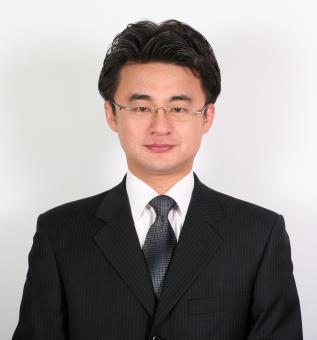
박일중 기자 baikal@kbs.co.kr
박일중 기자의 기사 모음
-
이 기사가 좋으셨다면
-
좋아요
0
-
응원해요
0
-
후속 원해요
0










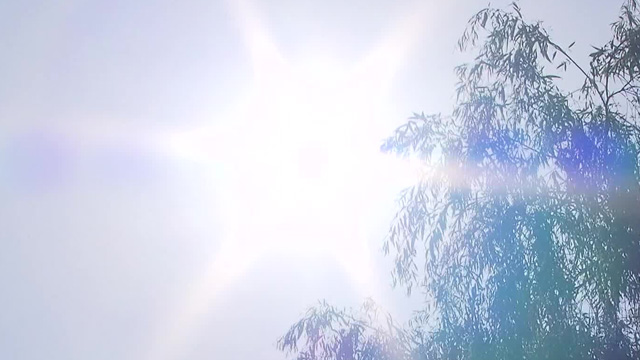
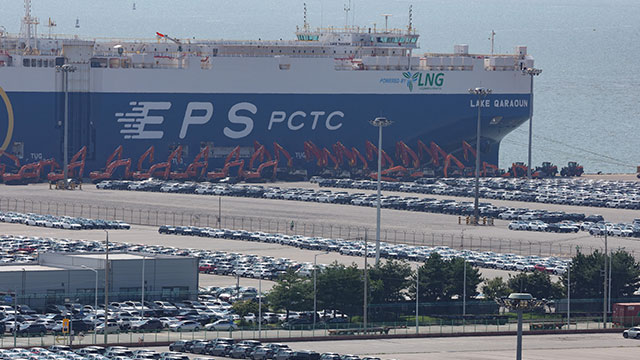
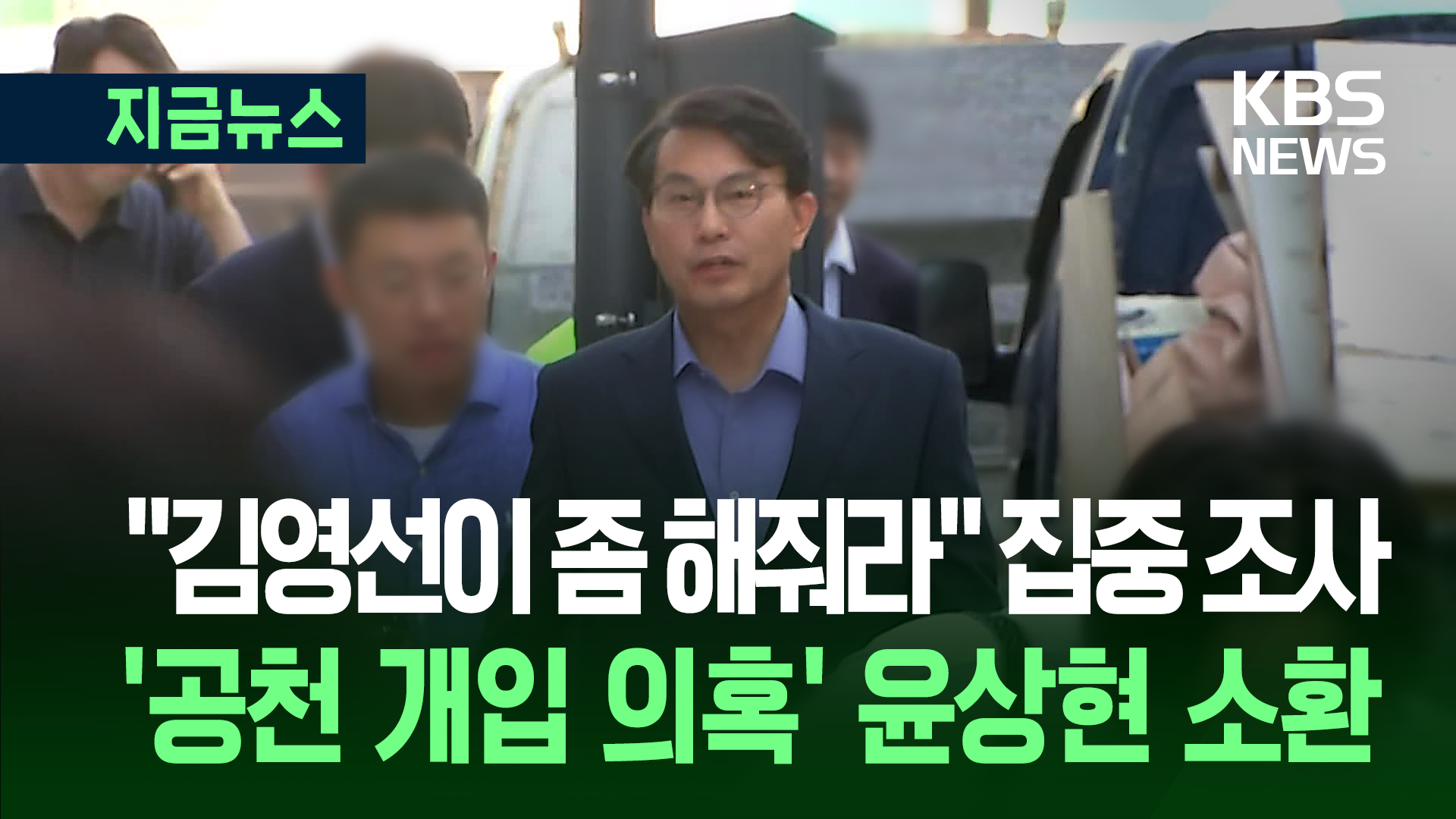
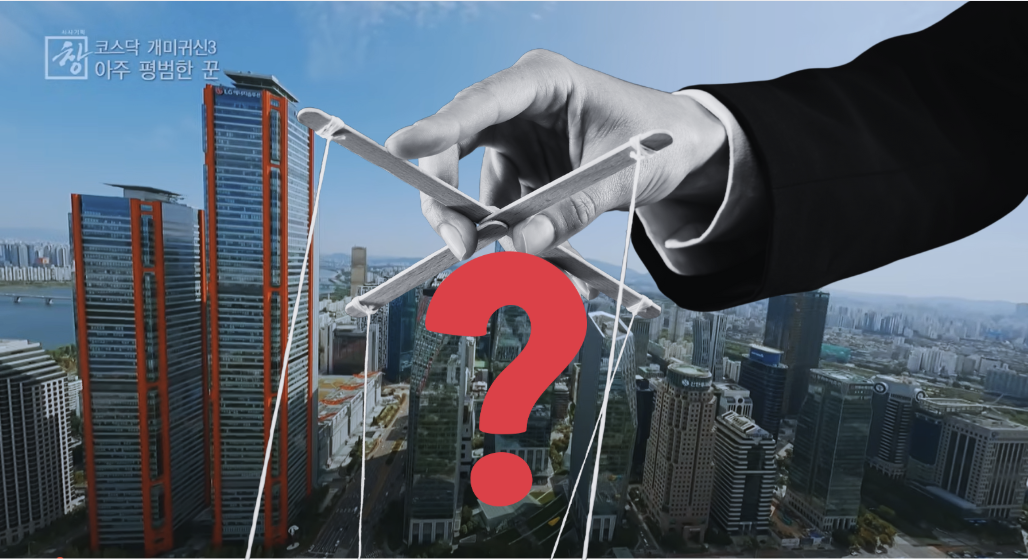

이 기사에 대한 의견을 남겨주세요.